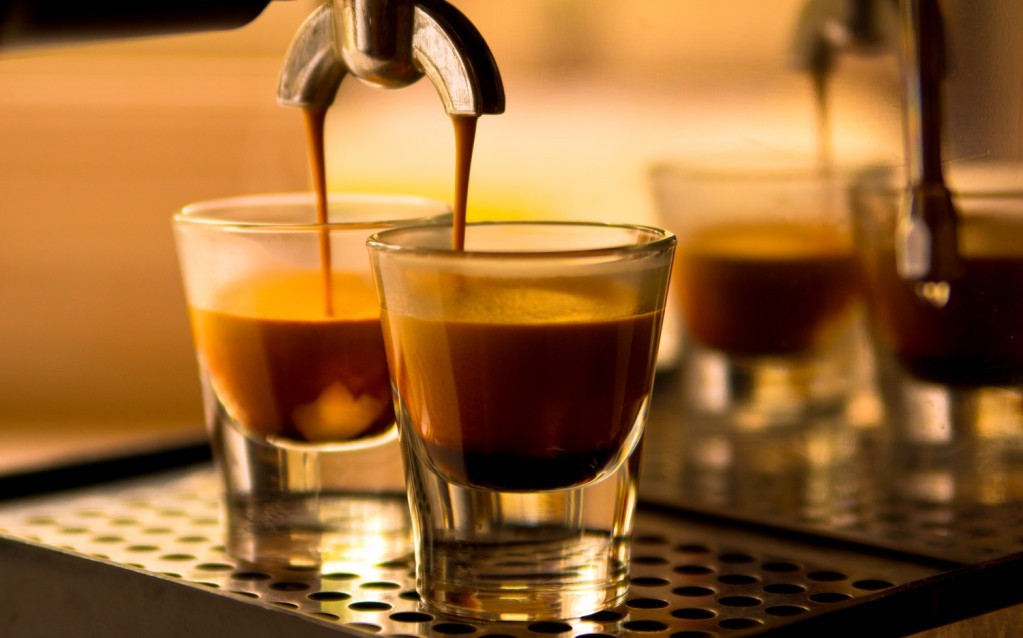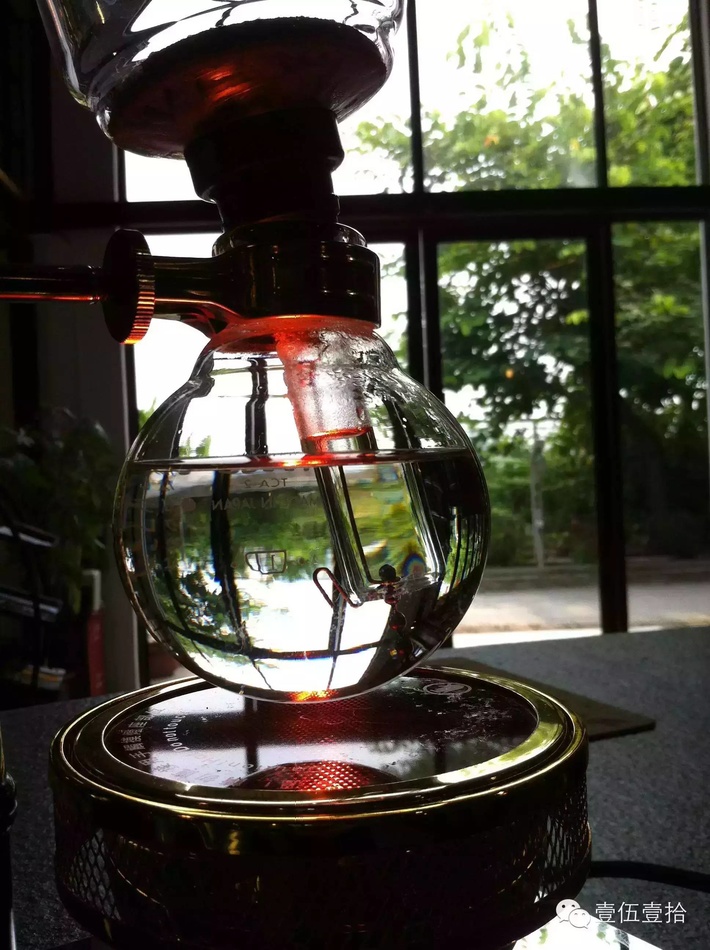The aroma components of coffee are easy to dissipate. How to preserve the best aroma quality of coffee?
The aromatic components dissipate easily.
The rich aroma of grinding fresh coffee has inspired the poet for hundreds of years. In order to capture these aromas in coffee cups, all kinds of beautiful shapes and strange coffee machines have come out one after another, thus achieving this arduous "super task".
Why is it so difficult to make brewed coffee as fragrant as freshly ground coffee? That's because the aroma of coffee comes from coffee sesame oil, which is unstable and volatile. As soon as it comes into contact with air, it will oxidize and give off a rotten smell. The boiled water is so hot that it will burn out. The temperature of the boiling water is too low and it becomes sour. Therefore, how to brew coffee without destroying the coffee oil is really a big problem!
No matter which method is used to make coffee, the freshness of beans is "supreme program". This is especially true when cooking espresso. Because espresso cooking will enhance the properties of coffee, if the oil damage becomes bitter, the coffee will taste more bitter. What's more, the baked beans themselves contain various compounds and acids that can destroy the oil.
The key to playing espresso is to separate fragrant oils from substances that are harmful to delicacy as much as possible.
Espresso, art is also
The beauty of espresso lies in the full understanding of the aromatic substances, but also from the beans into the coffee cup. However, with a wide variety of substances and a wide range of projects, it is impossible to rely on rigorous chemical analysis.
It takes a little intuition and a little luck to make good coffee.
The factors related to this are listed below:
1. Temperature of boiling water
two。 Cooking time
3. The amount of boiled portion
4. Freshness of coffee
5. The cleaning of the machine
6. Baking depth of beans
It should be noted that the above factors affect each other and affect the whole body. More importantly, when you explore these features one by one. Don't forget: "the water will flow unevenly" and "the fragrance will dissipate easily".
Engineers! Work hard!
Over the past few years, we have been able to effectively control the factors affecting coffee brewing through bit by bit research and improvement in our own store. At present, the most important part in need of improvement is the water temperature of the espresso machine. Sometimes, the water temperature is so accurate that we can make "coffee as delicious as the sound of nature":
Fragrant, rich, rich, smooth. After drinking, I was so happy that I knocked the cup and smashed the pot and roared up to the sky.
I personally think that coffee is greatly affected by the temperature of the brewing water. Even if the change in water temperature is as small as ±1 ℉, there is nothing I can do about it: at the outlet, there is at least a temperature change of ±4 ℉. (that is, a total of 8 ℉ changes)
In terms of temperature stability, machines with exclusive flushing boilers are better than heat exchange machines. In the seventh chapter of this book, we will teach you some ways to change the temperature a little bit.
However, we still need the assistance of professional engineers. I hereby appeal to:
All the excellent espresso engineers in the world!
Please don't stop at the amazing achievements you have made.
In order to make the water temperature of the outlet head more stable
In order to make the water temperature of the whole coffee filter more stable
Work hard!
Selected from: ESPRESSO COFFEE: Professional Techniques 1996
Source: platinum Coffee College
Important Notice :
前街咖啡 FrontStreet Coffee has moved to new addredd:
FrontStreet Coffee Address: 315,Donghua East Road,GuangZhou
Tel:020 38364473
- Prev

The factors affecting the quality of Espresso are called variable coffee. The effect of variable factors on the quality of coffee.
Chapter III Environmental factors-what is the temperature, sunshine and humidity? in the process of cooking espresso, the factors that will affect the quality of espresso are called variables. Some variables are caused by different human skills, while others are not easy to control. For example, the environment of nature is always changing all the time. In the face of these uncertainties, the bar staff must at any time
- Next

The comparison between siphon and hand, the scale of the lower pot of the siphon pot, what coffee beans should be used in the siphon pot
I found that I have a complex for siphon pots, mainly from my experience of washing petri dishes and test tubes for no less than 10000 times in the microbiology laboratory. I can wash them without dripping water on them (there is no technical difficulty). But no matter how much you wash the siphon pot, it's impossible to do it. Comparison between siphon and hand pulping, we have said that in general, the thickness of coffee powder is proportional to the extraction time, that is to say, coffee.
Related
- What is the meaning of lactic acid fermentation with coffee bean treatment?
- How to judge the state of foam by sound?
- How does the latte pull out the unicorn pattern? Come to get for a little trick to improve the flower pull!
- Will flower pulling affect the taste of the latte?
- Do you know the history of coffee?
- The difference between honey treatment and sun washing what is raisin honey treatment?
- What kind of milk can a novice use to make coffee foam to keep the foam longer? The correct method and skills of milking tutorial sharing
- Why do washed coffee beans taste sour? Flavor characteristics of washed Coffee
- Introduction to the skill of how to practice the size and height of water injection around the circle of hand-brewed coffee
- How do beginners practice coffee flower drawing from scratch?

